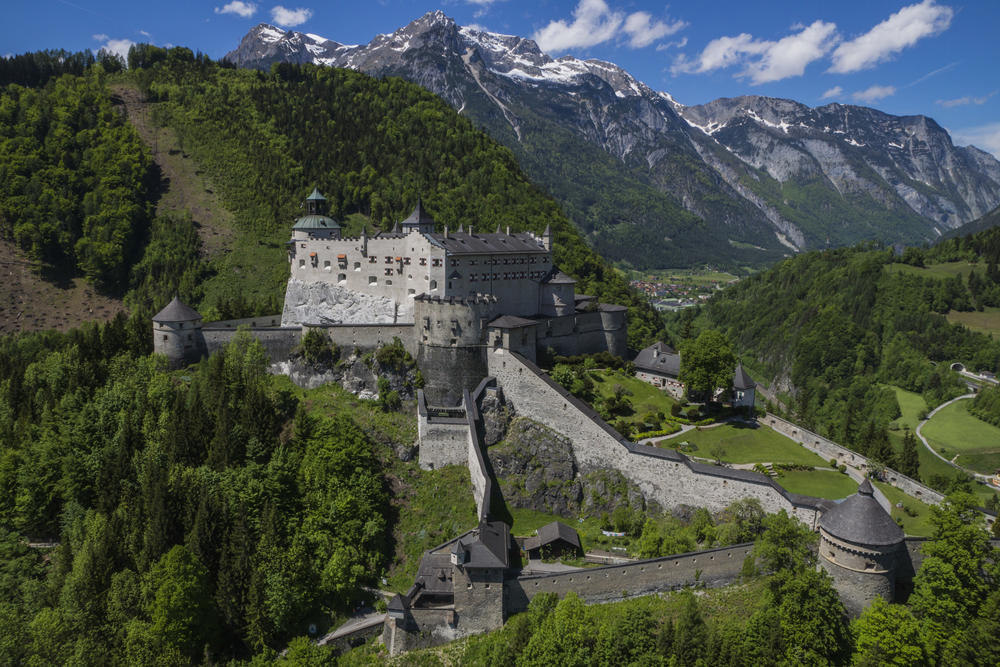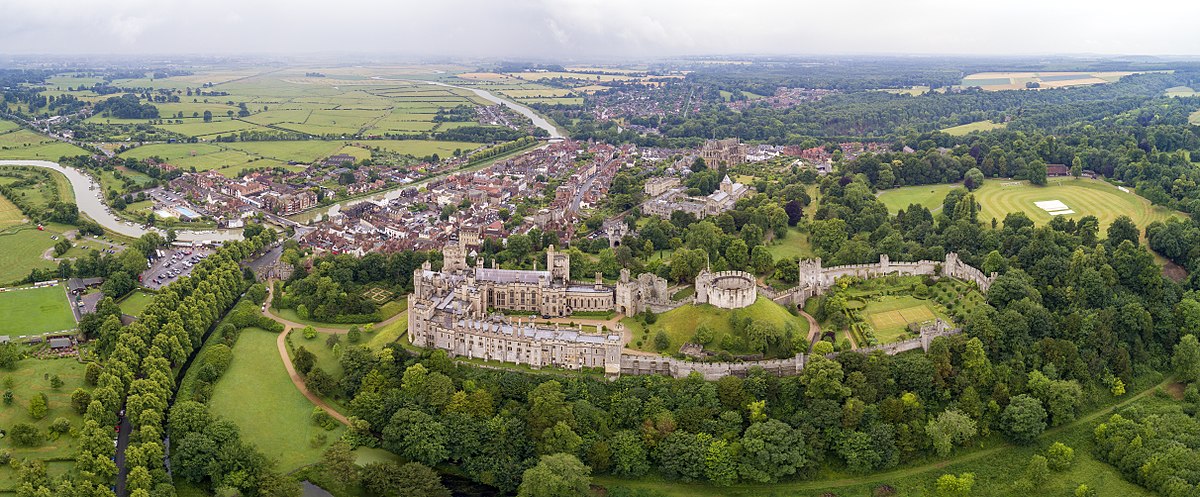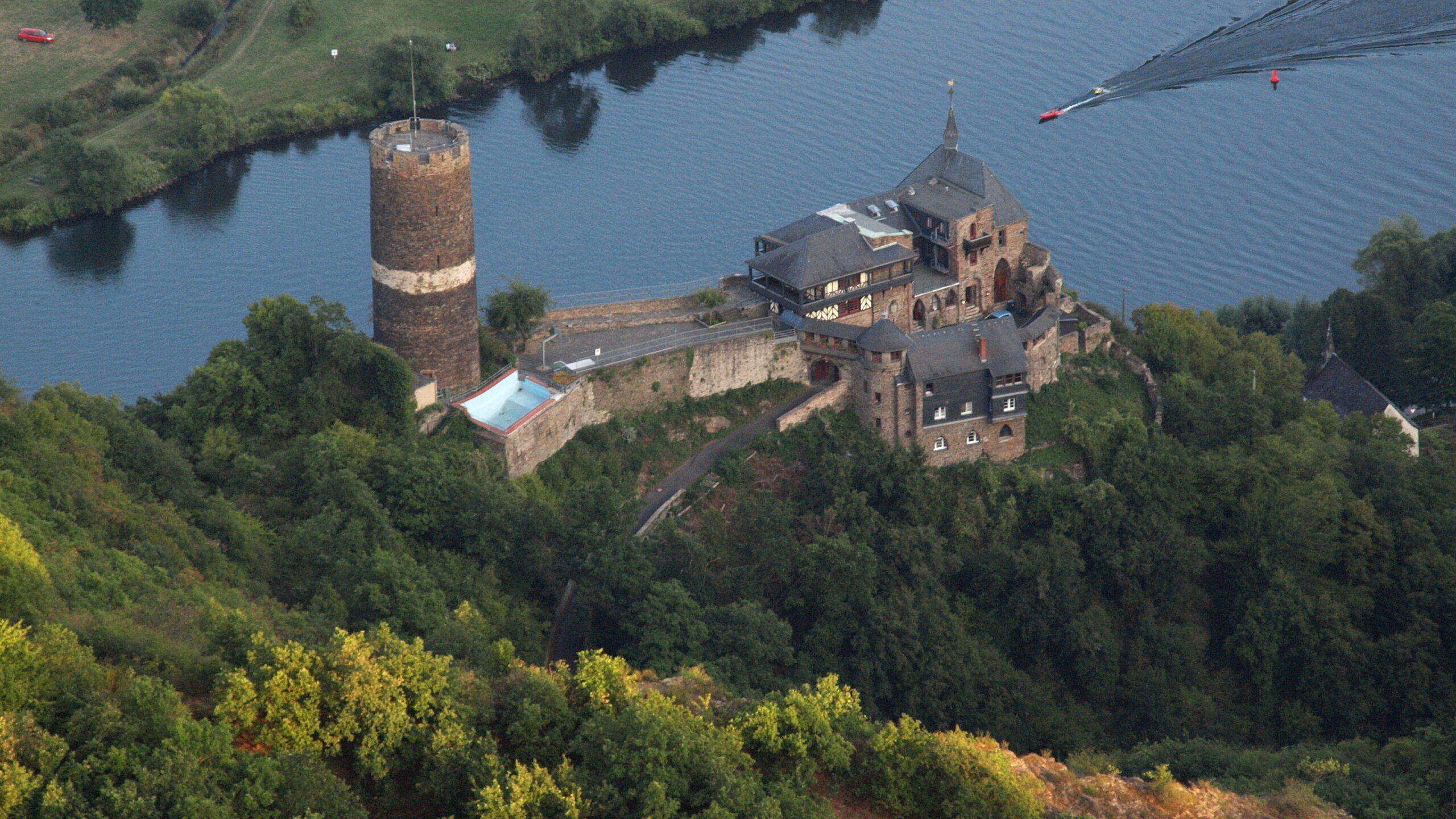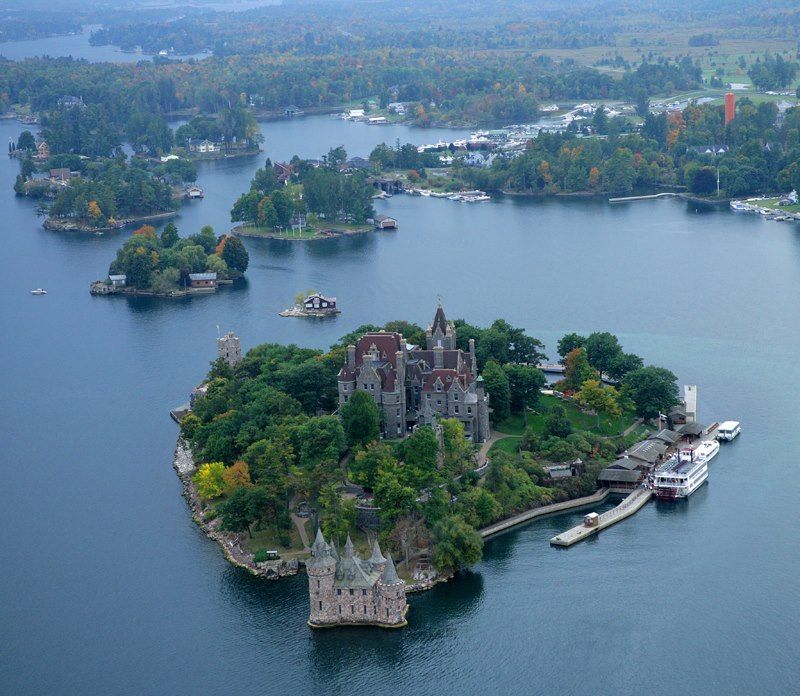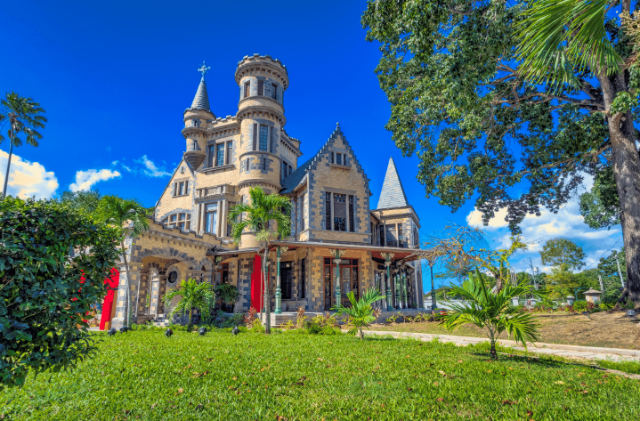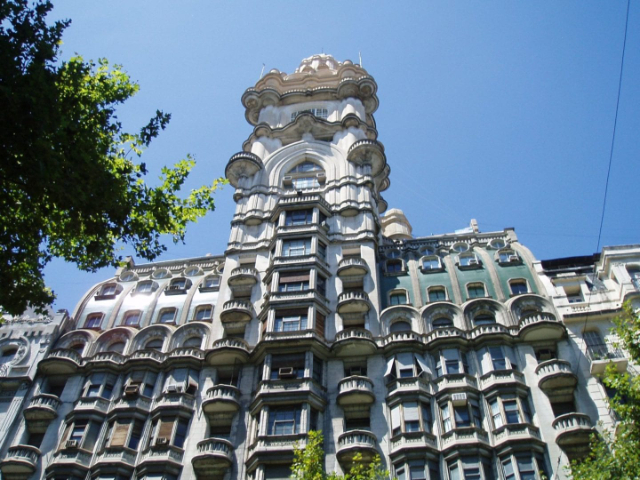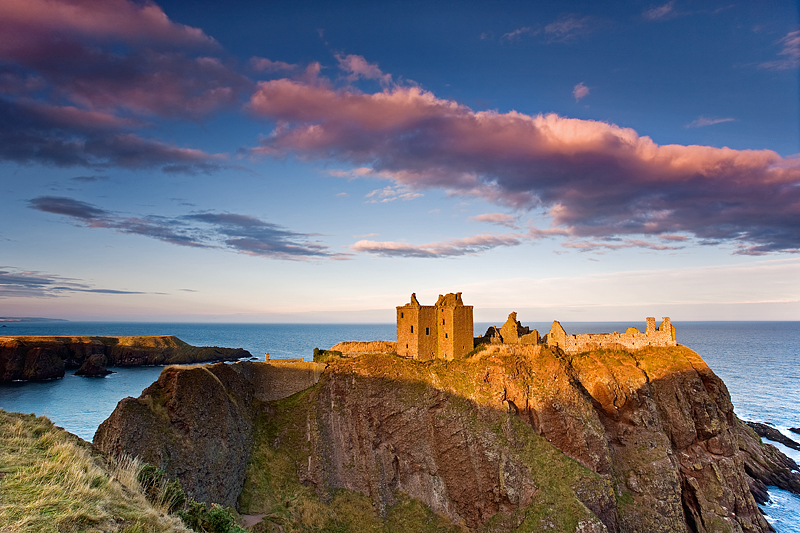The 900-year-old Hohenwerfen Fortress nestles in an extraordinary landscape. The former defence building towers high above the Salzach Valley and offers unusual experiences for adventure and culture enthusiasts. The castle is surrounded by the Berchtesgaden Alps and the adjacent Tennengebirge mountain range. The fortification is a "sister" to Hohensalzburg Castle, both dating back to the 11th century. Hohenwerfen Castle is situated at a height of 623 metres.
The ancient fortification was built between 1075 and 1078 during the dispute over imperial investiture by order of Archbishop Gebhard of Salzburg as a strategic bulwark atop a 155-metre-high rock. Gebhard, an ally of Pope Gregory VII and the anti-king Rudolf of Rheinfelden, had three large castles enlarged to secure the archbishopric of Salzburg against the forces of King Henry IV: Hohenwerfen, Hohensalzburg, and Petersberg Castle at Friesach in Carinthia. However, Gebhard was expelled in 1077 and could not return to Salzburg until 1086, dying in Hohenwerfen two years later.
In the following centuries Hohenwerfen served the rulers of Salzburg, the prince-archbishops, not only as a military base but also as a residence and hunting retreat. The fortress was enlarged in the 12th century and to a lesser extent again in the 16th century during the German Peasants’ War, when in 1525 and 1526 unruly peasants and miners from the south of Salzburg moved into the city, setting fire to it and seriously damaging the castle.
Alternatively it was used as a state prison and thus had a somewhat sinister reputation. Its prison walls witnessed the tragic fate of many "criminals" who spent their days there – perhaps their last – in inhumane conditions, and, periodically, various high-ranking nobles were also imprisoned there, including such rulers as Archbishop Adalbert III, who was arrested by his own ministers in 1198, Count Albert of Friesach (in 1253), the governor of Styria Siegmund von Dietrichstein, who was captured by insurgent peasants in 1525, and Prince-Archbishop Wolf Dietrich Raitenau, who died here in 1617 after six years of imprisonment.
In 1931 the fortress, which had been owned by Archduke Eugen of Austria since 1898, was again damaged by fire and, although largely restored, had to be sold to the Salzburg Reichsgau Administration in 1938. After the Second World War it was used as a training camp by the Austrian gendarmerie (rural police) until 1987.
